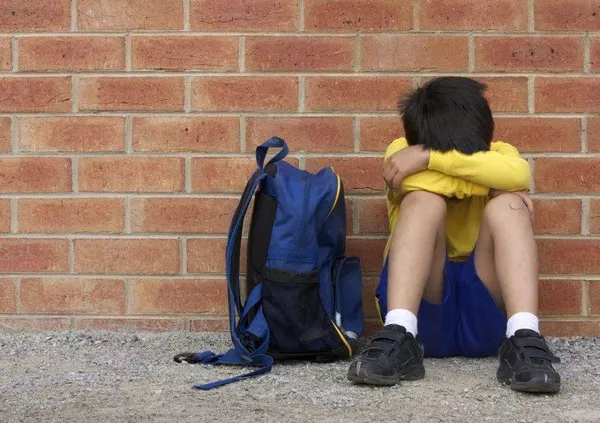As schools in the D.C. area and beyond adopt stricter cellphone policies, the debate intensifies over their potential effects on students’ mental health and academic performance. These policies, driven by concerns over the negative impact of social media and screen time, are poised to reshape classroom dynamics and student well-being.
The Rationale Behind Restrictive Policies
Cellphones have become integral to students’ lives, but their use in schools has raised concerns about distractions and negative impacts on mental health. U.S. Surgeon General Vivek Murthy recently highlighted a “youth mental health crisis” linked to social media, urging for greater regulation. This backdrop has influenced new policies aimed at curbing cellphone use in educational settings.
Virginia’s New Directive: In response to the growing mental health concerns, Virginia Governor Glenn Youngkin’s executive order mandates stricter cellphone guidelines in schools. This move reflects a broader trend of schools revising policies to limit nonacademic cellphone use.
The Effectiveness of Cellphone Restrictions
Academic Focus: Advocates for stricter cellphone policies argue that reducing distractions can enhance academic focus. For instance, Dunbar High School in D.C. has implemented a zero-tolerance policy for cellphone use during class. The aim is to minimize disruptions and improve concentration, aligning with the belief that less screen time translates to better academic performance.
Mental Health Considerations: The correlation between screen time and mental health issues is a significant factor driving these policies. Studies suggest that excessive social media use contributes to anxiety and depression among youth. By limiting cellphone access, schools hope to mitigate these adverse effects and promote a healthier learning environment.
Challenges and Criticisms
Social Skills and Connectivity: Critics, including mental health experts like Sharde O’Rourke, argue that phones are crucial tools for modern socialization. O’Rourke emphasizes that removing phones without providing alternative means for students to develop social skills may exacerbate feelings of isolation and anxiety.
Parental Concerns: Parents have voiced concerns over restricted access to their children, especially in emergencies. For example, some students use their phones to manage health conditions, such as diabetes. The challenge for schools is to balance policy enforcement with accommodating students’ needs.
Implementation Issues: The rollout of new policies is uneven, with some schools experimenting with pilot programs. Fairfax County’s trial using magnetic Yondr pouches exemplifies this approach, aiming to control phone use while maintaining some flexibility.
The Path Forward
Balancing Act: Successful implementation of restrictive cellphone policies requires careful consideration of students’ needs and mental health. Schools must strike a balance between minimizing distractions and providing support for students who rely on phones for health or academic purposes.
Community Involvement: Collaboration between schools, parents, and mental health professionals is crucial. Engaging the community in developing and refining cellphone policies can help address concerns and ensure that policies support students’ overall well-being.
Monitoring and Adaptation: Continuous evaluation of these policies is essential. Schools need to monitor their impact on academic performance and mental health, adjusting strategies as necessary to optimize outcomes for students.
Conclusion
As schools navigate the complexities of cellphone use policies, the focus must remain on creating environments that support both academic success and mental health. By addressing the multifaceted issues related to screen time and engaging stakeholders in the process, educational institutions can better balance the benefits and challenges of cellphone restrictions.
Related topics:


























